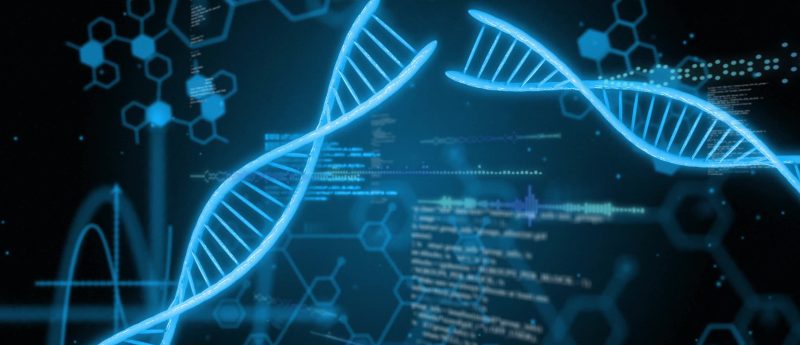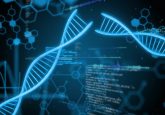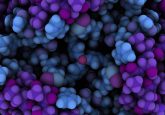Precision, precisely

In this column from Robert MacNeill (Labcorp Drug Development, NJ, USA), he explores the importance of precision when analyzing bioanalytical data within a method development project.
Robert MacNeill received his Bachelor’s degree with Honors in Chemistry from Heriot Watt University then his MSc in Analytical Chemistry from the University of Huddersfield, both in the United Kingdom. Robert is also a Chartered Chemist and a Fellow of the Royal Society of Chemistry. With 22 years of experience in all aspects of quantitative bioanalytical LC–MS/MS method development, 13 of these years heading method development activities within the Princeton site that has housed HLS/Envigo/Covance (now Labcorp Drug Development), and a regular author and peer reviewer for the journal Bioanalysis, Robert is a recognized expert and innovator in the field.
In any method development project, especially one for an entirely new therapeutic candidate with no history of bioanalysis, there are points at which heaving sighs of relief are often audible when certain sets of freshly produced analytical data are being perused. At these points, it is likely that the wonderful attribute of precision will have just been observed.
The title of this piece is a play on the words shown and their assigned meanings within and outside the context of analytical chemistry. ‘Precision’ to us, as quantitative bioanalytical professionals, has a very distinct meaning. The proximity or level of agreement of replicate data from a given sample and six replicates is usually regarded as enough replicate fodder to make such a meaningful judgment. We look at the relative standard deviation (RSD), alternatively known as the coefficient of variation (CV), calculated from the standard deviation of replicate sets of internally standardized peak area ratios or just raw analyte peak areas in conjunction with mean calculated concentration. We look to see these numbers, which innately cannot be negative, between 0% and 15%, but the closer to zero the better. In daily practice, an eyeballing of peak areas within their sets can immediately let the seasoned eye know if we have come through the hallowed precision gateway. ‘Precisely,’ on the other hand, seems to be a term most often used outside the analytical chemistry context and as such, with some irony, is taken to denote accuracy. Great potential for confusion, but also amusement, hence my beeline for the combination.
Stemming from the first paragraph, precision is important, then? Yes indeed. It constitutes the very foundation of a reliable method. Once precision is there, then accuracy is either there already, just a hop or two away, or at worst all that remains can be addressed with a ‘tweak,’ a popular term in method development. We do need precision, not just for this essential performance-based reasoning but it’s underlined when we consider that study samples are analyzed singly within an analytical batch. The only possible route away from the conditions that bestow precision is paved out from the need to make radical changes – and this may typically be for finding the right selectivity or sensitivity. However, we desire to always maintain precision through any tweaks or more significant changes we make and we use our chemistry knowledge to this end. Solubility, for instance, and the flip side of that coin which is negating non-specific adsorption. There is also ionization or neutralization at a given point in a method, pushing fully either way as appropriate, especially for chromatography and solid-phase extraction contexts. Even at the mass spectral endpoint, we may wish to have the analytes fully neutral, as for instance, this is ideal for the charge acceptance via corona discharge in atmospheric pressure chemical ionization (APCI). Electrospray-based gas phase ion generation often works like this, where it is hard to explain with the underlying rudimentary theory which relies on preformed ions in solution. Then there are a bevy of other methodological aspects that affect precision in a chemistry-related manner, such as degrees of breakthrough prior to elution in solid-phase extraction, emulsions in supported-liquid procedures, adduction and instability. However, I do maintain that the aforementioned solubility and ionization aspects are pivotal, really at the root of precision and hence method performance.
There continue to be impressive laboratory instrumental improvements, and these help ease us into truly understanding and valuing terms like repeatability and, much more significantly, reproducibility. Pipetting is a well-known source of variability, for instance, where we ideally have individual technique entirely uniform between individuals and occasions, correct and appropriate for the pipetting operation at hand. We aim to have procedures automated as much as possible, and there are notable advanced pipettor robots that certainly help approach the ideal.
In terms of LC-MS operation and reaching states of reproducibility, one technological aspect worthy of mention here is scaling down from conventional flow through microflow towards ultimately nanoflow. For decades, it has been a common observation that LC-MS peak area responses can vary enormously day to day, instrument to instrument. Part of the reason for this reality is the astoundingly low percentage of gas phase ions typically produced compared to the number theoretically available in a given moment of LC eluate entering an electrospray-based ion source. It is only when nanospray conditions are approached, going down to around 100 nL/min and below, that the number becomes something approaching a full complement. These conditions, in addition to quelling matrix effects and non-linearity, should be highly amenable to reproducibility in the same way that a high recovery in SPE is amenable to the same quality. When your allocation is to any eye a small percent, it comes with considerable intrinsic variability. Whereas, if it is the best part of 100%, the variability is expected to be minimal.
So, here’s to precision and the relevant chemistry-related considerations that underpin it, and here’s to technological innovation guided by the same (robotic) hands.
Precisely.
Disclaimer: the opinions expressed are solely my own and do not express the views or opinions of my employer.







